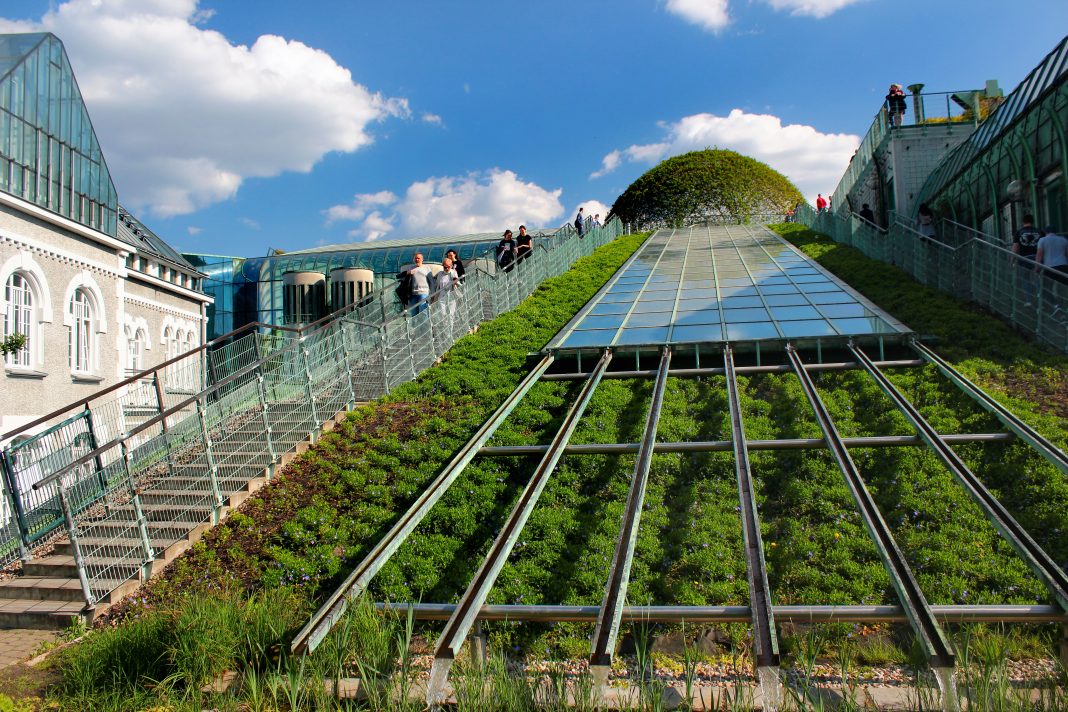What can universities do to demonstrate their commitment to greener practices so they can continue to attract and retain students?
From housing and waste management to public health and education, government, and wider society, all roles are making contributions towards greener practices to achieve the UK’s goal of reducing greenhouse emissions by 2050.
However, with almost half (45%) of 16 to 25-year-olds experiencing climate anxiety according to one study, the higher education sector has additional reasons to focus on greener practices.
45% of 16 to 25-year-olds experiencing climate anxiety
Prospective students are increasingly looking at what actions universities are taking to address the impact of climate change and this is influencing their decisions about where to study. Instituions’ green credentials can now be scrutinised by students in the new QS sustainability rankings too.
Global climate action from the classroom
In the top spot of the sustainability rankings is the University of California, Berkeley. The institution has drawn up a comprehensive strategy outlining its greener practices and commitments in areas such as travel, buildings, health, research and energy.
Both the University of Toronto and the University of British Columbia, are building sustainability right through their operations too, including in academic course content and student accommodation.
Closer to home, the University of Edinburgh, ranked in the top ten, is moving away from the use of fossil fuels and researching greener practices like renewable power.
These wide-ranging commitments will really matter to students making application decisions. But there are many ways universities can take meaningful steps towards building more sustainability into their operations.

A sustainable future in supply chains
One area where the sector can incorporate greener practices is in supply chains.
Institutions could explore more circular economy principles, where greater focus is on reusing and regenerating materials and equipment rather than procuring new ones, for example.
Universities can refresh procurement policies too by adopting sustainable criteria for tenders to support responsible purchasing, from furniture in learning spaces to laboratory equipment and catering.
Moving to a cloud solution has the potential to reduce an institution’s IT related carbon emissions by 90%
Another area where there is significant scope to reduce emissions is in IT and data storage. Moving systems to the cloud means there is less requirement for large servers and onsite data centres, which is a much greener option. In fact, moving to a cloud solution has the potential to reduce an institution’s IT-related carbon emissions by 90% over a five-year period.
Some vendors are including carbon offsetting as a core part of their commercial offers to the sector too. Although offsetting has its critics, it could be another way for a university to build on the progress it is making towards carbon reduction goals.
Shifting priorities away from carbon-intensive practices
The future vision is for every educational institution, government department, business and household to be climate positive.
Our higher education institutions will be truly data-driven, using real-time information to ensure the energy used to heat and light teaching spaces is sustainable.
Every aspect of university life will run with the highest levels of efficiency, and institutions can react quickly to meet students’ changing needs while continuing to maximise the earth’s resources.
While the complete picture may still be some way off, the sector is already taking the important first steps toward greener practices to address the global climate concerns many students care so much about.
Pete Moss is a former manager at Staffordshire University and now a director at Ellucian.











